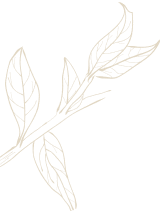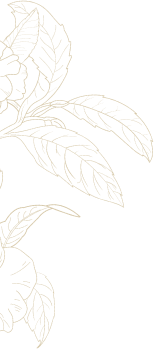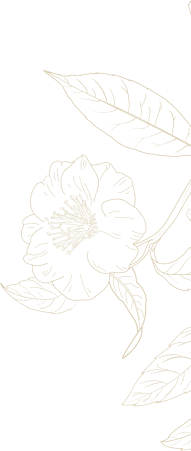
Ingredients
Yuzu - An Amazing Citrus
Yuzu's uplifting aroma helps to decrease stress, tension, depression and confusion. Here are ...
The Healing
At its core, Chinese medicine is about addressing the underlying causes of health issues and promoting the body's natural healing processes. This approach supports overall health and vitality, restoring balance and harmony in the body and mind.
This post will explore common modalities used in Chinese medicine to promote healing and vitality.



A typical treatment usually follows a diagnosis.

The treatment modalities used in Chinese medicine are based on a holistic approach to health and wellness and have evolved over thousands of years. They are often used in combination with each other to prevent and treat a wide range of health conditions. Some of the most common treatment modalities in Chinese medicine include acupuncture, herbal medicine, moxibustion, acupressure, Tui Na massage, cupping, nutrition and lifestyle consultation, meditation, and Taichi and Qigong exercises.

The HEALING
Moxibustion involves burning dried mugwort, Ai Cao, near the surface of the skin to stimulate specific points on the body. The heat and therapeutic properties of the mugwort penetrate the skin and affect the flow of Qi in the body, which is believed to be the root of many health issues in traditional Chinese medicine.
Moxibustion can be done in several ways, including direct and indirect methods. Direct moxibustion involves placing small cones of moxa directly on the skin, while indirect moxibustion involves placing a layer of material, such as ginger or salt, between the moxa and the skin. Moxibustion can also be done with acupuncture needles, in which case it is called "warm needling".
Moxibustion is often used to treat a variety of conditions, including pain, digestive issues, menstrual problems, and respiratory issues. We always recommend that it should be performed by a trained practitioner to minimize the risk of burns or other adverse effects.

Ingredients
Yuzu's uplifting aroma helps to decrease stress, tension, depression and confusion. Here are ...
Yang Sheng
An extension of your face, your décolletage starts below your jawline and includes your neck,...
Ingredients
Ginseng is known for its healing properties and is a treasured ingredient in YINA products. W...








